When you picture an industrial robot what most likely what comes to mind is an articulated robot like the FANUC M-710ic/50. This is because articulated robots are the most common robot type used in industrial settings. Articulated robots are defined as robots containing rotary joints. These joints are commonly referred to as axes in the robotic world. Articulated robots can be as simple as a two axis structure or complex with ten or more axes and are typically powered by servo motors. Most industrial robots have four to six axes, with six axes being the most common.
As mentioned above, each joint of an articulated robot is called an axis. Each robotic axis provides an additional degree of freedom which refers to the independent motions of the robot. The axes are typically arranged in a chain to allow each one to support another that is further along the robot structure. The structure of an articulated robot starts with a base that is vertical to the ground and contains the first joint. The main robot body is connected to the base through this first revolute joint. Another revolute joint runs perpendicular to the robot body and connects the shoulder to the body. At the end of the robot shoulder is a parallel revolute joint that is used to attach the shoulder to the robot arm. Additional joints or axes are then used at the end of the robot arm to attach the robot wrist and end effector. This robotic structure is designed to closely mimic the human arm, such as the way the FANUC M-10ia does. The robot’s servo motors are used to power the movement of each axis, allowing for precision and speed.
Articulated robots provide more degrees of freedom than any other robot type, which is why they are commonly utilized amongst manufacturers. Their enhanced range of motion closely mimics that of a human’s, making them ideal solutions for production lines. They also provide more flexibility within production operations. Their ability to cover a number of movements makes them more adaptable to changes to the production process or workpieces. Enhanced motion provides a greater work envelope for the robot, allowing for the handling of a variety of workpieces from small to large. They also provide versatility through the numerous applications they can complete. These applications include arc welding, material handling, assembly, part transfer, pick and place, packaging, machine loading, and palletizing along with many others. In fact, many articulated robots such as the FANUC R-2000ib/125L are designed to perform multiple applications.
Articulated robots are built by a number of robotic manufacturers with the most common ones coming from the big four, FANUC, Yaskawa Motoman, ABB, and KUKA. The majority of robots designed by these manufacturers are articulated robots and common models include the ABB IRB 2600 and the Motoman HP20. FANUC is best known for their strong six-axis articulated robots, as popular robots such as those from their R-2000iA series have helped them stay on top in the robotic world.
Even as advances in technology have led to the introduction of new robot types, articulated robots have maintained their spot in the industrial world by continuing to enhance manufacturing processes.
Robots Done Right |
Used Robot Sales |
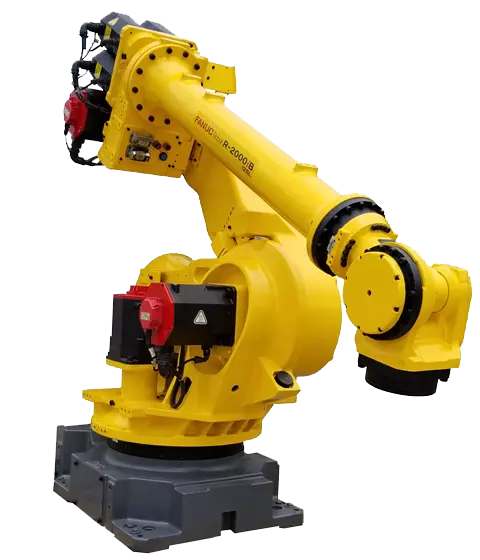
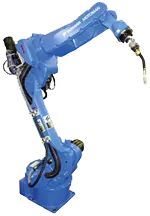
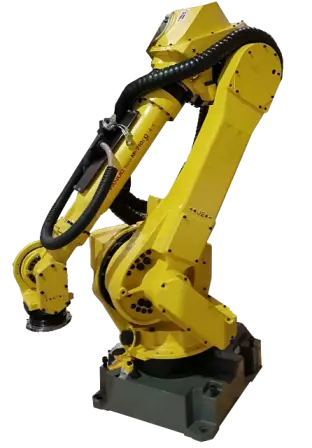
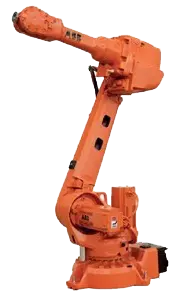
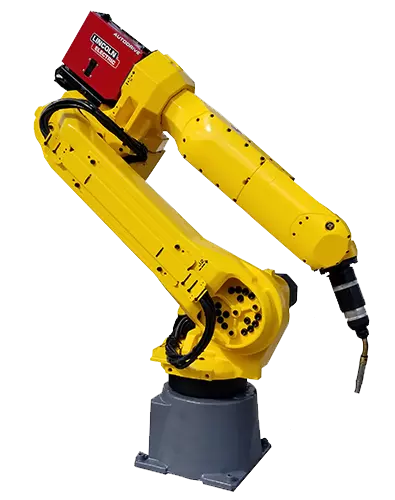
What is an Articulated Robot?
Robots Done Right is the place to start when it comes to used robots. Contact us if you are interested in buying or selling your used robot.